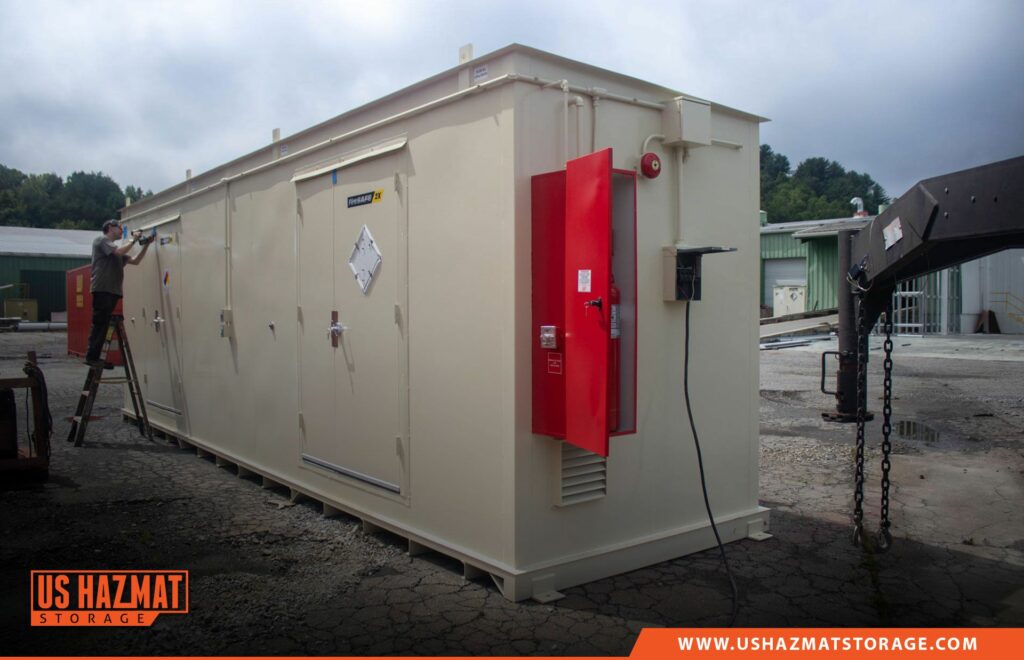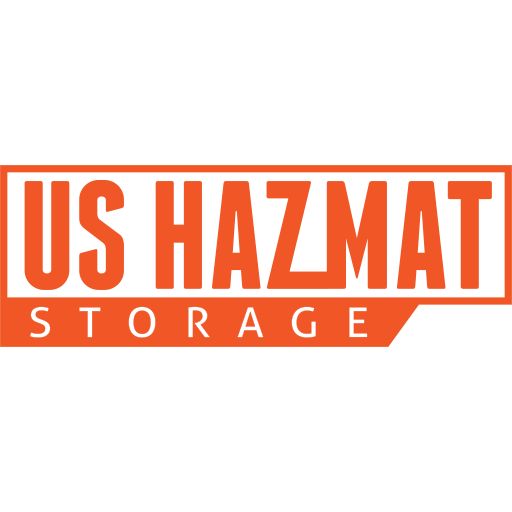Incompatible chemical storage compliance is crucial for jobsite safety. Every year, thousands of workers suffer debilitating injuries due to carelessness chemical storage practices. More often than not, these freak accidents and explosions occur when project managers temporarily let their guard down and allow dangerous chemicals to mingle or merely coexist with other dangerous stockpiles. Unlike noisy and rugged heavy duty equipment like jackhammers or excavators, hazardous materials and chemicals carry hidden dangers that are not so obvious to the untrained eye. Many transparent, such as paint thinners and solvents, appear clear, but don’t let this soothing water-like aesthetic mislead you, as these chemical remain firmly planted in the “extremely flammable” category. Dangerous chemicals such as these can’t just be tossed aside in a storage shed, but what can you do? Time is money, and you can’t spend all day sorting through confusing labels and bulky containers.
Understanding The Different Types of Dangerous Chemicals Can Save Lives

Unfortunately, many job supervisors and foremen don’t understand the nuances of chemical storage. Subtleties in language and legal jargon can be confusing and lead to poor chemical storage practices that become a force of habit. Many people erroneously believe the term “hazardous material” to be an umbrella term that encompasses universal storage practices for every type of dangerous chemical. But certain chemicals need to be stored separately from other types of hazardous materials. Sodium peroxide, for example, should never be stored with ethanol, glycerin, and almost any type of acid. Even something seemingly harmless as concentrated volumes of oxygen can cause a tremendous explosion if stored with oils, grease, flammable liquids or gases. Failure to abide to incompatible chemical storage compliance is far more common than many project managers realize.
How Do I Meet Incompatible Chemical Storage Compliance?

Misnomers abound in the world of compliant chemical storage. There’s a lot of misleading information out there. Even common sense can’t be trusted when it comes to handling large quantities of dangerous chemicals. Something as harmless as water – the precursor for all of life on this planet – can produce dangerous chemical reactions if allowed to mingle with alkaline earth metals and calcium dioxide. But how do you know what’s dangerous and what’s not? And where should you store all these dangerous chemicals at? If you are uncertain about proper chemical storage, you could always consult the volumes of literature surrounding incompatible chemical storage compliance. Or you could go the easy rout and consult an experienced chemical expert at U.S. Hazmat Storage.
Compliant Chemical Storage for Every Classification
Regardless of the classification or size of your chemical storage payload, U.S. Hazmat Storage can provide permanent one-stop turnkey solutions to your everyday storage dilemmas. Our steel welded, tough as armor, hazmat warehouses and lockers are custom manufactured to fit all sizes and job scopes. Segregated steel partitioned walls and climate control options allow for complete protection of any classification of hazardous material.


